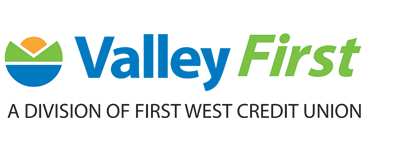
The 2021 deadline might still be a few months away, but it will be here sooner than we think and keeping on top of your taxes is more important now than ever before. With taxes being complicated by the pandemic, there might be some confusion due to changes in work habits, childcare and government relief payments.
For most Canadians, the deadline is April 30, 2021. Remember, if you miss your deadline and owe money, there is a late-filing fee you will have to pay. If you receive a refund, there is no penalty. Either way, it is important to start planning now because the more prepared you are the less stressful and costly the process will be.
If you have been filing taxes for years, you know that there are basic deductions you can take advantage of including RRSP contributions, childcare, university tuition, and more. There are many things that some taxpayers fail to claim each year. These unclaimed deductions could mean you are losing out on a refund or leaving dollars on the table that could help ease the fees you owe (especially if you are self-employed). When it comes to 2021 filings, there might be even more benefits that you overlook because, well, there has been a lot going on.
Here are three tax considerations that you may not know about that could help with your return this year.
Work-From-Home Benefits
Due to the pandemic, most people worked from home for most of 2020 (nearly 2.4 million Canadians that did not previously work-from-home) and almost everyone has been asking if there is a tax deduction available. The answer is yes! Canadians can claim up to $400 in employment expenses as a flat rate to help offset their home office expenses.
This will help with things employees have had to pay for such as upgrading internet packages to support Zoom calls. Beyond that, employees have incurred other expenses like hydro and utilities as they have shifted bedrooms and kitchen counters into workspaces so they could work-from-home every day.
To simplify the process for most at-home employees that have not had to file office expenses before, the $400 will be offered without the need to track detailed expense reports. The home office expenses for employees are different than credits available to those who are self-employed.
In other years employers needed to fill out the T2200, Declaration of Conditions of Employment Form for employees claiming at-home office expenses. For employees that need to claim more than the $400 in expenses, this form is still needed. The rules currently state that you may only claim expenses that are not reimbursed by your employer and that are used directly for you to be able to do your job.
What can you deduct? As the rules currently state, you can claim the amount (as a percentage) of electricity, heating, maintenance and rent that relates to your home office space. You cannot deduct mortgage interest, property taxes or home insurance. The Government of Canada website also says that “if you cannot deduct all your workspace expenses in the year, you can carry forward the expenses.”
News Subscription Tax Credit
To stay connected in the past year, most Canadians had to increase the amount of news they were consuming. There was a lot going on and if you subscribed to a news outlet and were getting your updates digitally, there is a tax credit available to you! It is a federal credit that can save you up to 15% of $500 in news subscriptions, or $75 per year. To qualify, the news outlets need to be deemed “qualified Canadian news organizations.” This means that the subscription must be from Canadian publications reporting on issues of public interest. Some publications would be The Globe and Mail, Toronto Star and National Post, to name a few.
New TFSA Limit
The CRA (Canadian Revenue Agency) released the new Tax-Free Savings Account (TFSA) contribution limit for 2021 at $6,000, which is the same as the limit in 2019 and 2020. Each year the overall contribution limit changes and every time it does those that use their TFSA as an investment account cheer. To meet saving and investment goals, Canadians use the TFA for tax planning purposes.
If you don’t have a TFSA and decide to open one this year, you will have $75,500 in total contribution room.
The best part about the TFSA is that when money is removed from the account, it is tax-free! Plan to max out your TFSA contributions to receive the full tax-benefit.
For more information read our Complete TFSA Guide.
Tax Rates and Limit Changes
A few other important tax considerations include:
- Federal and provincial income tax brackets will be increasing to keep up with inflation.
- Employment Insurance (EI) premiums will stay the same at 1.58%, which means workers will pay a maximum of $889.54 in 2021.
- Maximum pensionable earnings under Canada’s Pension Plan (CPP) are increasing to $61,600. The Canada Child Benefit will also increase. For the July 2020 to June 2021 payment cycle, parents can receive up to $6,765 per child under six and up to $5,708 per child between the ages of six and 17.
Tax perks for members
Membership has its perks! TurboTax helps with federal and provincial returns to maximize your tax refund. If you’re a member with online banking, you can take advantage of 20% off TurboTax this year.Taxes are an important part of the year but also especially important for your overall financial plan.
Make this year a successful tax year
Taxes are complicated and the pandemic has created more questions. Be sure to work with financial and tax experts to discuss tax changes each year and how they might affect you and your family. Understanding what is available to you will help prevent unpleasant surprises and maximize your tax returns!










